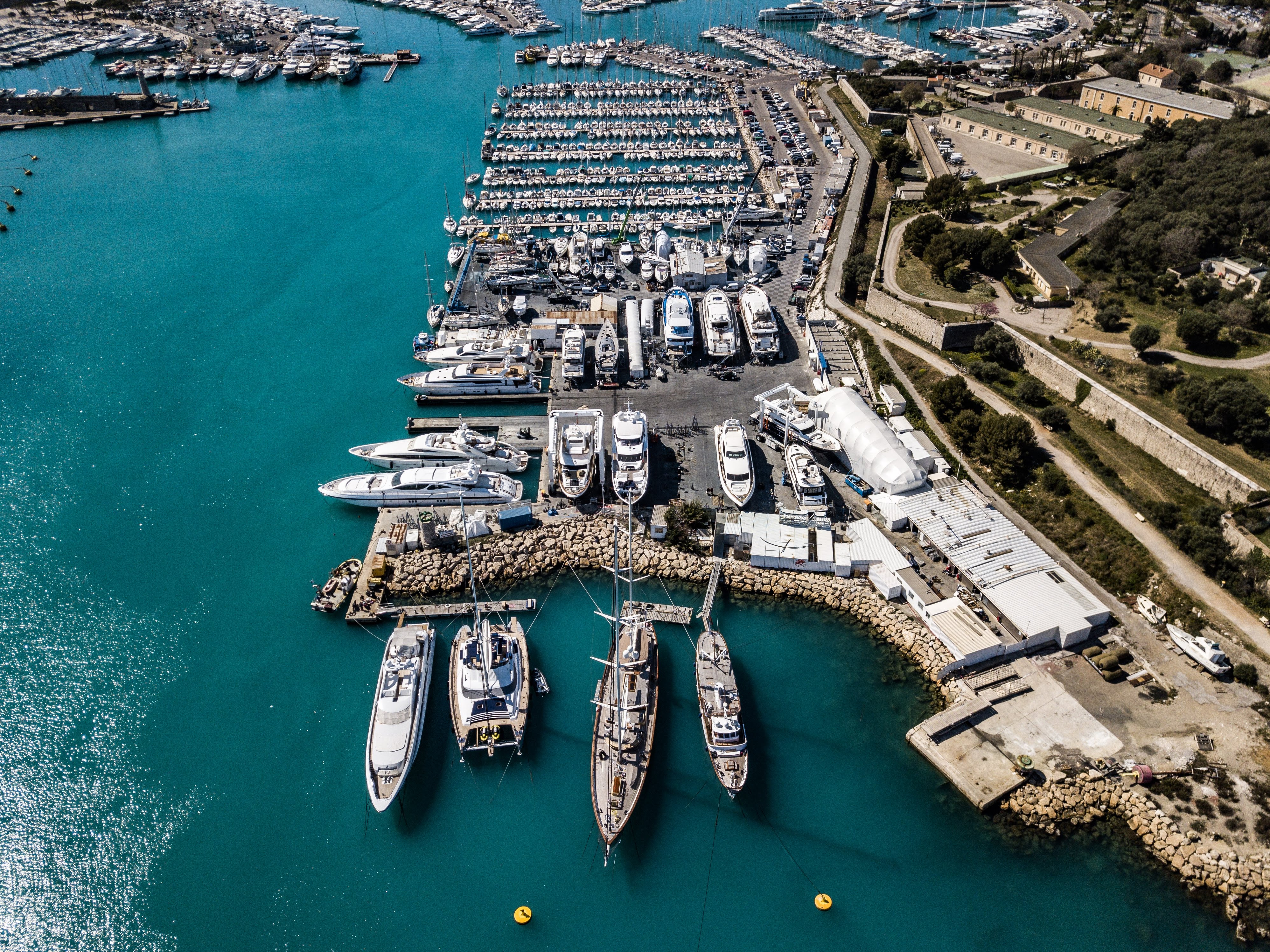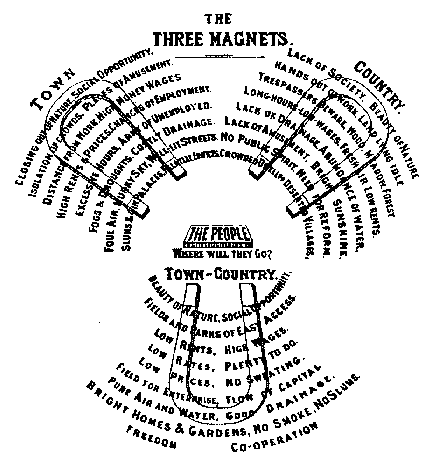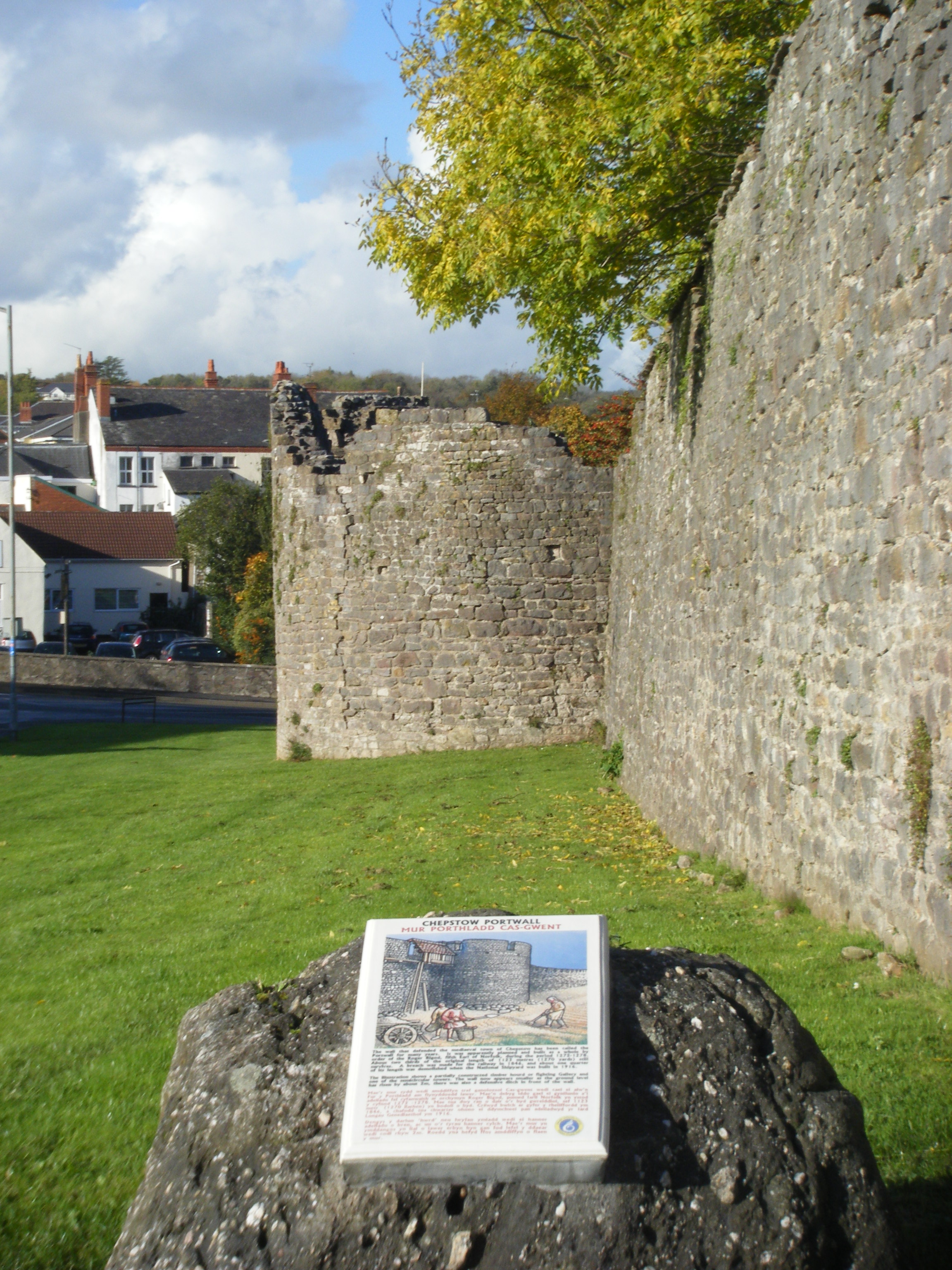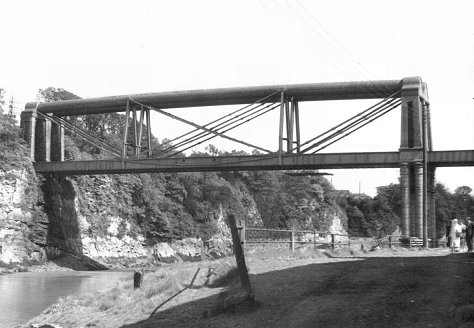|
National Shipyard
The National Shipyards, in the United Kingdom, were an initiative to expand merchant ship production during the First World War, proposed and partially completed by the coalition government led by David Lloyd George. Three shipyards were proposed: National Shipyard No.1 at Chepstow; National Shipyard No.2 at Beachley; and National Shipyard No.3 at Portbury. All were located within of each other, on the River Wye and the Severn estuary. The initiative to establish the shipyards in 1917 followed heavy losses of Allied merchant ships, principally through German U-boat attacks, but in the event only one ship was completed before the end of the war, and the exercise was heavily criticised as a waste of money. The initiative During the First World War Britain was exposed to a war on trade, with large numbers of British merchant ships being destroyed by German U-boat attacks in the Atlantic Ocean. During the last few months of 1916 these losses amounted to some 180 ships per month ... [...More Info...] [...Related Items...] OR: [Wikipedia] [Google] [Baidu] |
Shipyard Site Chepstow Cropped
A shipyard, also called a dockyard or boatyard, is a place where ships are built and repaired. These can be yachts, military vessels, cruise liners or other cargo or passenger ships. Compared to shipyards, which are sometimes more involved with original construction, dockyards are sometimes more linked with maintenance and basing activities. The terms are routinely used interchangeably, in part because the evolution of dockyards and shipyards has often caused them to change or merge roles. Countries with large shipbuilding industries include Australia, Brazil, China, Croatia, Denmark, Finland, France, Germany, India, Ireland, Italy, Japan, the Netherlands, Norway, the Philippines, Poland, Romania, Russia, Singapore, South Korea, Sweden, Taiwan, Turkey, the United Arab Emirates, Ukraine, the United Kingdom, the United States and Vietnam. The shipbuilding industry is more fragmented in Economy of Europe, Europe than in Economy of Asia, Asia where countries tend to have fewer, ... [...More Info...] [...Related Items...] OR: [Wikipedia] [Google] [Baidu] |
First Lord Of The Admiralty
First Lord of the Admiralty, or formally the Office of the First Lord of the Admiralty, was the title of the political head of the English and later British Royal Navy. He was the government's senior adviser on all naval affairs, responsible for the direction and control of the Admiralty, and also of general administration of the Naval Service of the Kingdom of England, Great Britain in the 18th century, and then the United Kingdom, including the Royal Navy, the Royal Marines, and other services. It was one of the earliest known permanent government posts. Apart from being the political head of the Naval Service the post holder was simultaneously the pre-eminent member of the Board of Admiralty. The office of First Lord of the Admiralty existed from 1628 until it was abolished when the Admiralty, Air Ministry, Ministry of Defence and War Office were all merged to form the new Ministry of Defence in 1964. Its modern-day equivalent is the Secretary of State for Defence. Hi ... [...More Info...] [...Related Items...] OR: [Wikipedia] [Google] [Baidu] |
Garden Suburb
The garden city movement was a 20th century urban planning movement promoting satellite communities surrounding the central city and separated with greenbelts. These Garden Cities would contain proportionate areas of residences, industry, and agriculture. Ebenezer Howard first posited the idea in 1898 as a way to capture the primary benefits of the countryside and the city while avoiding the disadvantages presented by both. In the early 20th century, Letchworth and Welwyn Garden City were built near London according to Howard's concept and many other garden cities inspired by his model have since been built all over the world. History Conception Inspired by the utopian novel '' Looking Backward'' by Edward Bellamy, and Henry George's work ''Progress and Poverty'', Howard published the book '': a Peaceful Path to Real Reform'' in 1898 (reissued in 1902 as '' Garden Cities of To-morrow''). His idealised garden city would house 32,000 people on a site of . Howard's diagra ... [...More Info...] [...Related Items...] OR: [Wikipedia] [Google] [Baidu] |
Clydeside
Greater Glasgow is an urban settlement in Scotland consisting of all localities which are physically attached to the city of Glasgow, forming with it a single contiguous urban area (or conurbation). It does not relate to municipal government boundaries, and its territorial extent is defined by National Records of Scotland, which determines settlements in Scotland for census and statistical purposes. Greater Glasgow had a population of 1,199,629 at the time of the 2001 UK Census making it the largest urban area in Scotland and the fifth- largest in the United Kingdom. However, the population estimate for the Greater Glasgow 'settlement' (a chain of continuously populated postcodes) in mid-2016 was 985,290—the reduced figure explained by the removal of the Motherwell & Wishaw (124,790), Coatbridge & Airdrie (91,020), and Hamilton (83,730) settlement areas east of the city due to small gaps between the populated postcodes. The 'new towns' of Cumbernauld (which had a 2016 settle ... [...More Info...] [...Related Items...] OR: [Wikipedia] [Google] [Baidu] |
Tyneside
Tyneside is a List of urban areas in the United Kingdom, built-up area across the banks of the River Tyne, England, River Tyne in Northern England. The population of Tyneside as published in the United Kingdom Census 2011, 2011 census was 774,891, making it the eighth most-populous List of urban areas in the United Kingdom, urban area in the United Kingdom. Tyneside is made up of the metropolitan borough, metropolitan boroughs of Newcastle upon Tyne, Metropolitan Borough of Gateshead, Gateshead, North Tyneside and South Tyneside. The area is surrounded by the North East Green Belt. Residents of the area are commonly referred to as Geordies. Settlements The Office for National Statistics, ONS 2011 census had 774,891 census respondents inside the "Tyneside Built-up Area" or "Tyneside Urban Area". These figures are a decline from 879,996; this loss was mainly due to the ONS reclassifying Hetton-le-Hole, Houghton-le-Spring, Chester-le-Street and Washington, Tyne and Wear, Washingt ... [...More Info...] [...Related Items...] OR: [Wikipedia] [Google] [Baidu] |
Port Wall
The Port Wall in Chepstow, Monmouthshire, Wales, is a late thirteenth century stone wall, which was constructed for the twin purposes of defence and tax collection by permitting users of the town's market only one point of access through the wall at the Town Gate. The wall originally formed a semi-circle extending for some , roughly southwards from Chepstow Castle to the River Wye. It enclosed an area of , including the entire town and port as it existed at that time. Substantial sections of the wall remain intact, and both the Port Wall and the Town Gate are Grade I listed buildings. The Port Wall is a Scheduled monument. History After the Norman conquest of England and parts of south Wales, Chepstow developed as an important port and trading centre within the Marcher Lordship of Striguil, the town's name deriving from meaning a trading place. The town and its priory were defended by its castle, established in 1067 and reconstructed and extended in stone on several ... [...More Info...] [...Related Items...] OR: [Wikipedia] [Google] [Baidu] |
The History Press
The History Press is a British publishing company specialising in the publication of titles devoted to local and specialist history. It claims to be the United Kingdom's largest independent publisher in this field, publishing approximately 300 books per year and with a backlist of over 12,000 titles. Created in December 2007, The History Press integrated core elements of the NPI Media Group within it, including all existing published titles, plus all the future contracts and publishing rights contained in them. At the time of founding, the imprints included Phillimore, Pitkin Publishing, Spellmount, Stadia, Sutton Publishing, Tempus Publishing and Nonsuch. History The roots of The History Press's publishing heritage can be traced back to 1897 when William Phillimore founded a publishing business which still carries his name, however the company itself evolved from the amalgamation of multiple smaller publishing houses in 2007 that formed part of the NPI Media Group. The lar ... [...More Info...] [...Related Items...] OR: [Wikipedia] [Google] [Baidu] |
James Mackay, 1st Earl Of Inchcape
James Lyle Mackay, 1st Earl of Inchcape, (11 September 1852 – 23 May 1932), known as Sir James Mackay from 1894 to 1911, was a British businessman and colonial administrator in India who became Chairman of the Peninsular and Oriental Steam Navigation Company ("P&O") and founded Inchcape Retail Ltd. Background Mackay was the second son and fourth child of James Mackay of Arbroath, Scotland, a well-to-do shipmaster and his wife, Deborah Lyle. On his eighth birthday, Mackay's father took him on a flax run between Montrose, Angus and Archangel in Russia; thereafter he never "missed an opportunity to converse with captains in port". After employment as a scrivener in Arbroath, Mackay joined a firm of rope and canvas makers where his employer recorded: "Jeemie is no bad laddie, but he's a damned sicht ightower-ambitious". Career Mackay's parents died when he was twelve, whereupon he inherited a substantial sum from his father. £2,000 of the bequest () was invested in East India ... [...More Info...] [...Related Items...] OR: [Wikipedia] [Google] [Baidu] |
Chepstow Railway Bridge
Chepstow Railway Bridge was built to the instructions of Isambard Kingdom Brunel in 1852. The "Great Tubular Bridge" over the River Wye at Chepstow, which at that point forms the boundary between Wales and England, is considered one of Brunel's major achievements, despite its appearance. It was economical in its use of materials, and would prove to be the design prototype for Brunel's Royal Albert Bridge at Saltash. Although the superstructure has since been replaced, Brunel's tubular iron supports are still in place. It is a Grade II listed structure. Background Brunel had to take the two tracks of the South Wales Railway across the River Wye. The British Admiralty, Admiralty had insisted on a clear span over the river, with the bridge a minimum of above high tide. The span would have to be self-supporting, since although the Gloucestershire side of the river consists of a limestone cliff, the Monmouthshire side is low-lying sedimentary deposit subject to regular flooding. ... [...More Info...] [...Related Items...] OR: [Wikipedia] [Google] [Baidu] |
Monmouthshire
Monmouthshire ( ; ) is a Principal areas of Wales, county in the South East Wales, south east of Wales. It borders Powys to the north; the English counties of Herefordshire and Gloucestershire to the north and east; the Severn Estuary to the south, and Torfaen, Newport, Wales, Newport and Blaenau Gwent to the west. The largest town is Abergavenny, and the administrative centre is Usk. The county is administered by Monmouthshire County Council. It sends two directly-elected members to the Senedd at Cardiff and one elected member to the Parliament of the United Kingdom, UK parliament at Westminster. The county name is identical to that of the Monmouthshire (historic), historic county, of which the current local authority covers the eastern three-fifths. Between 1974 and 1996, the county was known as Gwent (county), Gwent, recalling Kingdom of Gwent, the medieval kingdom which covered a similar area. The present county was formed under the Local Government (Wales) Act 1994, which ... [...More Info...] [...Related Items...] OR: [Wikipedia] [Google] [Baidu] |
House With Original Features, Garden City, Chepstow - Geograph
A house is a single-unit residential building. It may range in complexity from a rudimentary hut to a complex structure of wood, masonry, concrete or other material, outfitted with plumbing, electrical, and heating, ventilation, and air conditioning systems.Schoenauer, Norbert (2000). ''6,000 Years of Housing'' (rev. ed.) (New York: W.W. Norton & Company). Houses use a range of different roofing systems to keep precipitation such as rain from getting into the dwelling space. Houses generally have doors or locks to secure the dwelling space and protect its inhabitants and contents from burglars or other trespassers. Most conventional modern houses in Western cultures will contain one or more bedrooms and bathrooms, a kitchen or cooking area, and a living room. A house may have a separate dining room, or the eating area may be integrated into the kitchen or another room. Some large houses in North America have a recreation room. In traditional agriculture-oriented societies, domes ... [...More Info...] [...Related Items...] OR: [Wikipedia] [Google] [Baidu] |
Royal Engineers
The Corps of Royal Engineers, usually called the Royal Engineers (RE), and commonly known as the ''Sappers'', is the engineering arm of the British Army. It provides military engineering and other technical support to the British Armed Forces and is headed by the Chief Royal Engineer. The Corps Headquarters and the Royal School of Military Engineering are in Chatham, Kent, Chatham in Kent, England. The corps is divided into several regiments, barracked at various places in the United Kingdom and around the world. History The Royal Engineers trace their origins back to the military engineers brought to England by William the Conqueror, specifically Gundulf of Rochester, Bishop Gundulf of Rochester Cathedral, and claim over 900 years of unbroken service to the crown. Engineers have always served in the armies of the Crown; however, the origins of the modern corps, along with those of the Royal Artillery, lie in the Board of Ordnance established in the 15th century. In Woolwich ... [...More Info...] [...Related Items...] OR: [Wikipedia] [Google] [Baidu] |










